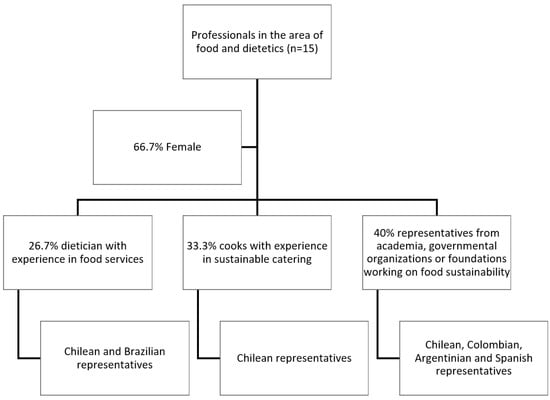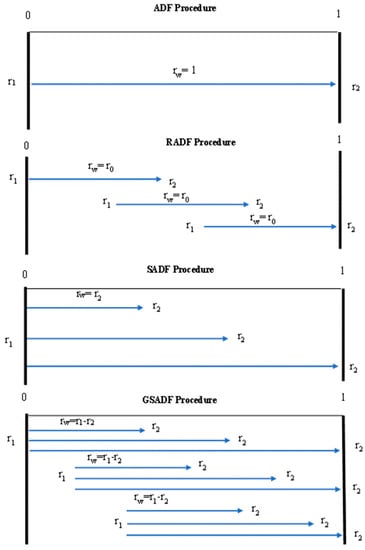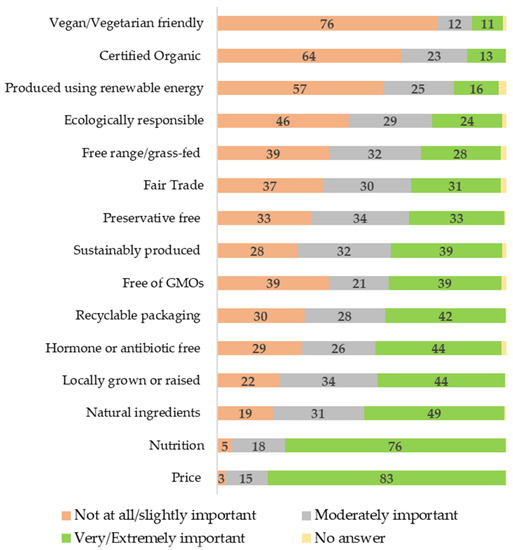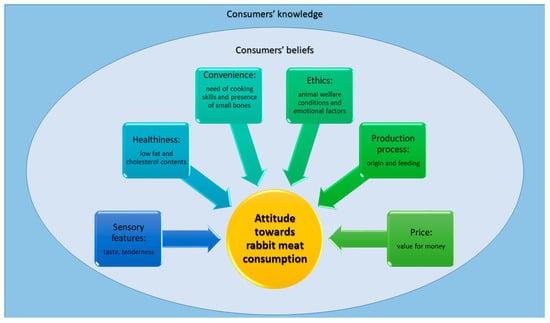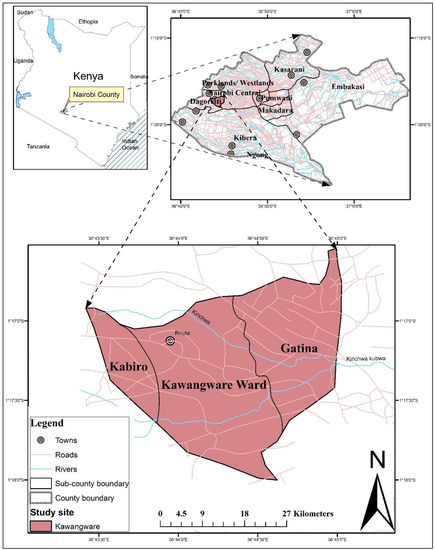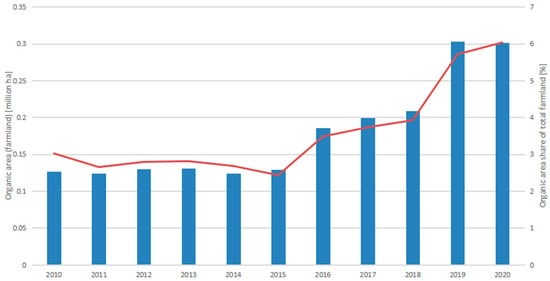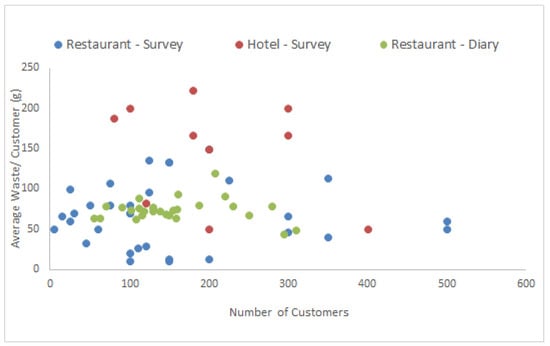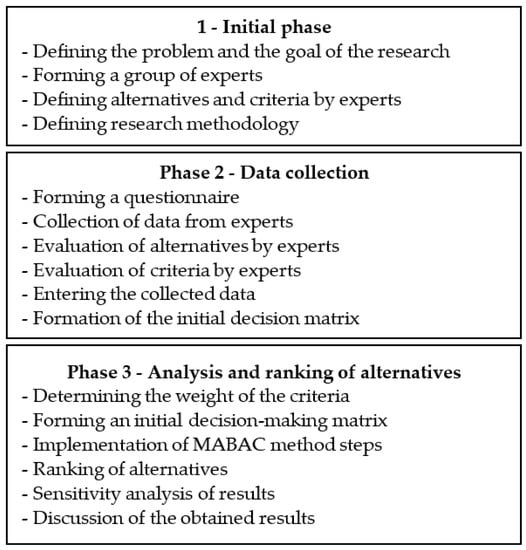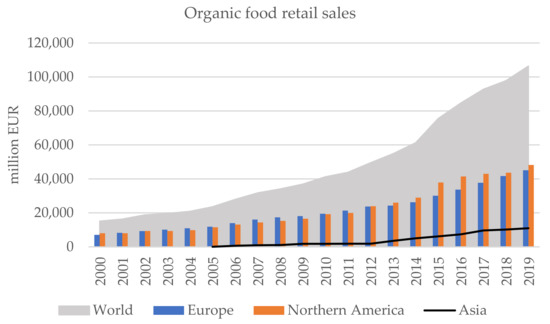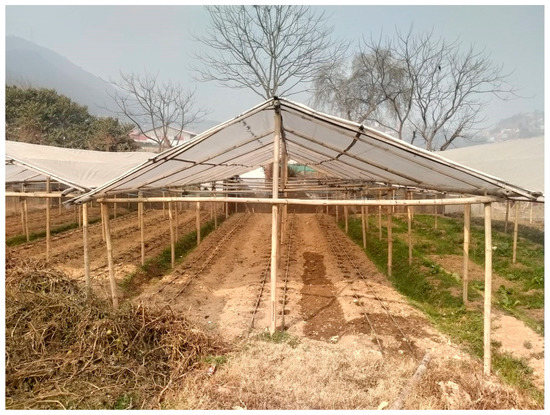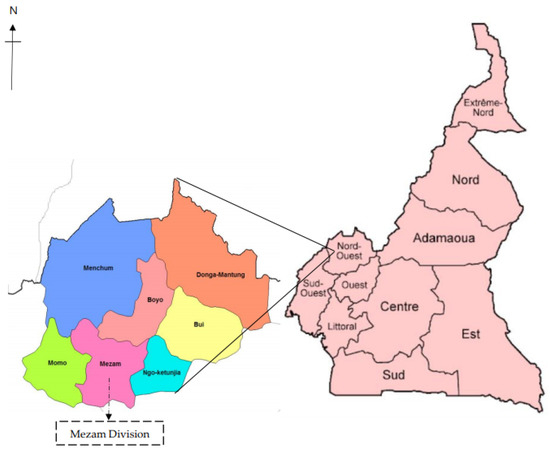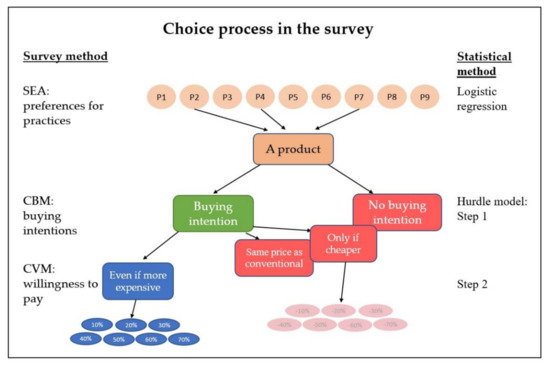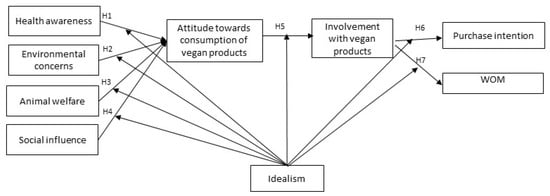Agricultural Economics and Sustainable Food Consumption
A topical collection in Sustainability (ISSN 2071-1050). This collection belongs to the section "Sustainable Food".
Viewed by 54605Editor
Interests: agritourism sector; agri-food sector; food waste; consumer behavior; impact of agriculture on natural resources; rural development
Special Issues, Collections and Topics in MDPI journals
Topical Collection Information
Dear Colleagues,
Agricultural economics can be defined as “the application of the social science of economics to the field of agriculture.” However, given the multifunctional role covered by agriculture, the fields of study covered by researchers actually encompass several topics, such as food and consumer economics, production and farm management economics, and development economics. In the last few years, another important topic has caught on: the sustainability of the food system. This thematic requires a thorough understanding of the relationships between food consumption behaviors, processing and distribution activities, and agricultural production practices. Consumers, in fact, may have a role in the sustainability of the food system by altering their food choices in terms of dietary shifts, of choice among similar products with different sustainability-related attributes, and towards food waste reduction. Furthermore, the importance attached by consumers to sustainability issues plays a key role in the attempt of pursuing Sustainable Development Goals as it may represent a key driver for the development of policy oriented toward this purpose. This Special Issue aims to study consumer attitudes and preferences towards food products and the health and sustainability of the food system. Many authors have highlighted that the food choice is determined by a wide variety of factors such as availability, accessibility, beliefs, perceived barriers, perceived benefits and taste preferences. Understanding of these determinants in relation to sustainable foods and eating patterns is instrumental for marketers, product developers and those working in public health to increase the uptake of sustainable foods and sustainable eating patterns by a significant part of consumers.
The studies of this Special Issue are expected to address:
- sustainable food systems
- sustainable food consumption
- consumer attitudes
- food choice behaviors
- sustainable utilization and management of food waste
In the light of the above, I invite you to submit proposals in form of research, articles, case studies, and best practices.
Prof. Dr. Rosa Maria Fanelli
Guest Editor
Manuscript Submission Information
Manuscripts should be submitted online at www.mdpi.com by registering and logging in to this website. Once you are registered, click here to go to the submission form. Manuscripts can be submitted until the deadline. All submissions that pass pre-check are peer-reviewed. Accepted papers will be published continuously in the journal (as soon as accepted) and will be listed together on the collection website. Research articles, review articles as well as short communications are invited. For planned papers, a title and short abstract (about 100 words) can be sent to the Editorial Office for announcement on this website.
Submitted manuscripts should not have been published previously, nor be under consideration for publication elsewhere (except conference proceedings papers). All manuscripts are thoroughly refereed through a single-blind peer-review process. A guide for authors and other relevant information for submission of manuscripts is available on the Instructions for Authors page. Sustainability is an international peer-reviewed open access semimonthly journal published by MDPI.
Please visit the Instructions for Authors page before submitting a manuscript. The Article Processing Charge (APC) for publication in this open access journal is 2400 CHF (Swiss Francs). Submitted papers should be well formatted and use good English. Authors may use MDPI's English editing service prior to publication or during author revisions.
Keywords
- sustainable food production
- sustainable food consumption
- agricultural production practices
- consumer attitudes
- sustainable food waste management





